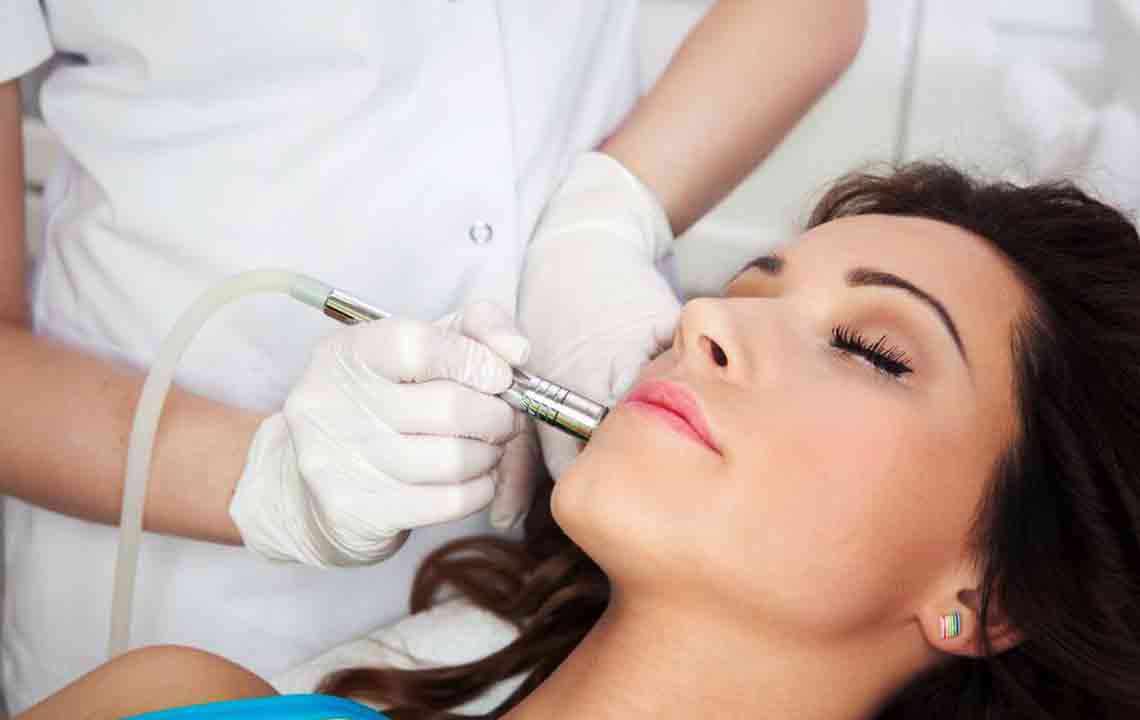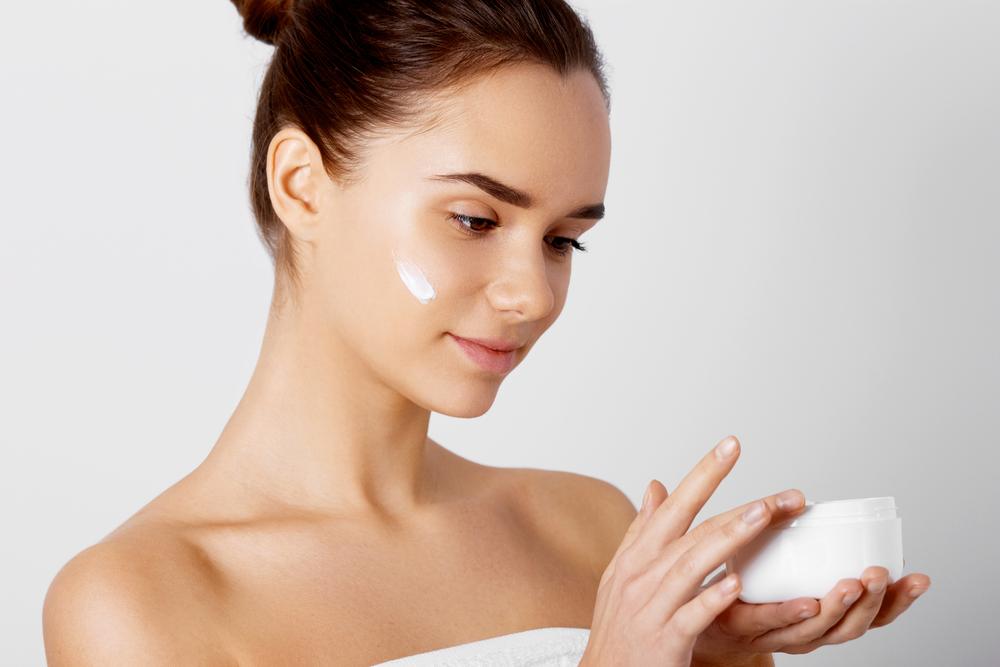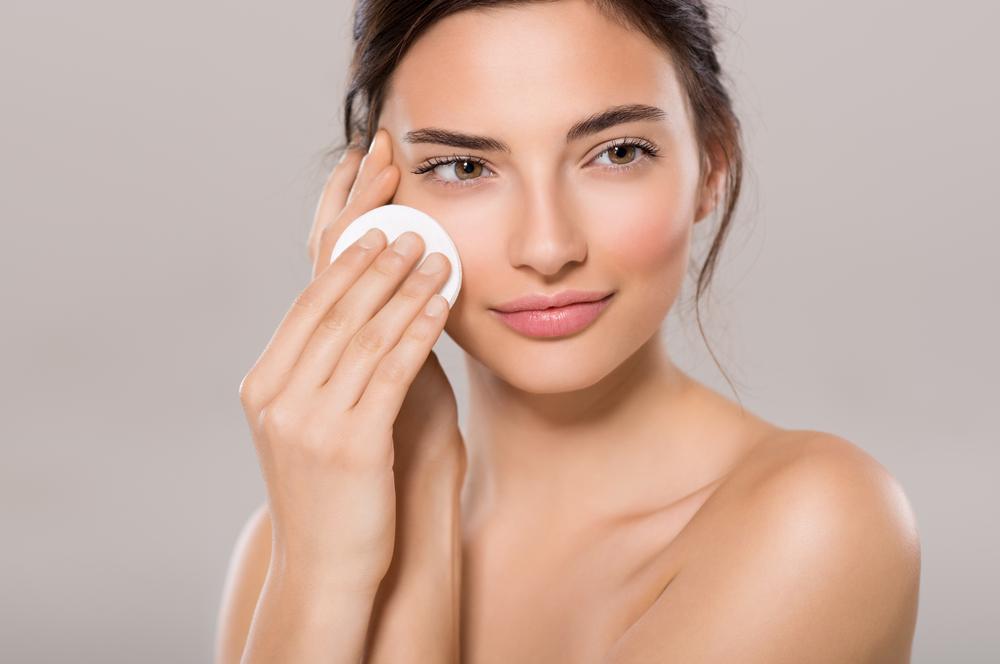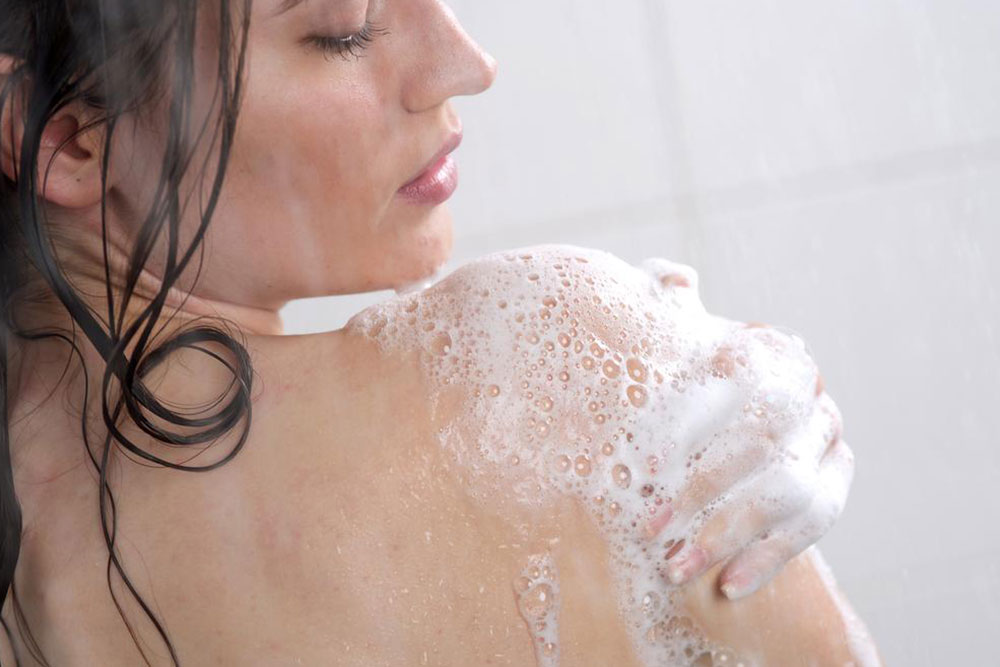Effective Strategies to Treat Keratosis Pilaris
Discover effective strategies for managing keratosis pilaris, including skincare routines, dietary tips, and treatment options like keratolytic agents and exfoliants. Patience and consistent care can greatly improve skin texture and appearance, helping you regain confidence in your skin.
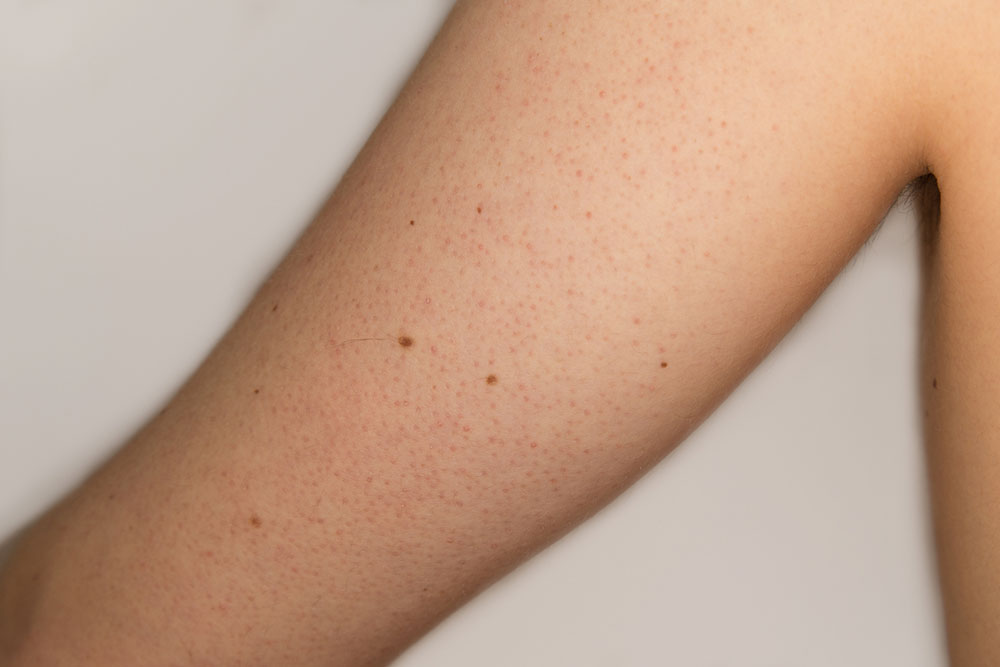
Understanding and Managing Keratosis Pilaris
Keratosis pilaris is a benign skin condition characterized by tiny, firm bumps that give the skin a rough, sandpaper-like texture. These light-colored bumps commonly appear on the upper arms, thighs, and buttocks, sometimes accompanied by redness or swelling. Although rare, they can also occur on the face. Most often affecting children and teenagers, keratosis pilaris can be itchy, but the bumps tend to fade naturally over time. The condition results from excess keratin protein build-up, which blocks hair follicles, forming small plugs on the skin’s surface. The exact cause remains unclear, but dry skin increases susceptibility, especially during winter months when moisture levels drop.
Incorporating specific lifestyle changes and skincare routines can help manage keratosis pilaris effectively. Consuming omega-3-rich foods like salmon, walnuts, flaxseeds, tuna, sardines, and soybeans helps keep skin moisturized and healthy. Maintaining diets with leafy greens can further support skin health. Conversely, some foods such as dairy products may trigger inflammation, worsening symptoms.
Choosing fragrance-free body care products, such as lotions and soaps, prevents irritation. Avoid hot water during showers; instead, opt for lukewarm temperatures, and limit bath times to under seven minutes to prevent dehydration. Using gentle keratolytic agents like lactic acid, urea, and glycerin can help dissolve the plugs clogging hair follicles. These creams are typically safe for sensitive skin but should be used under dermatological guidance.
Chemical exfoliants containing alpha-hydroxy acids, lactic acid, salicylic acid, or urea help remove dead skin cells and unclog follicles. Daily application of these products can improve skin texture. Prescription options such as retinoids (e.g., Retin-A) accelerate skin renewal and help flatten bumps but require professional consultation due to potential irritation. Laser treatments are considered for severe redness and inflammation, though their effectiveness varies, and multiple sessions might be necessary.
Additional tips for skin comfort include refraining from scratching, using thick moisturizers generously, applying fatty or oil-based soaps, and utilizing humidifiers to add moisture to the air. While complete cure remains elusive, consistent skincare routines and patience can significantly reduce symptoms, making the skin smoother and more even over time. Remember, acceptance and proper skin care are key to managing keratosis pilaris effectively.

